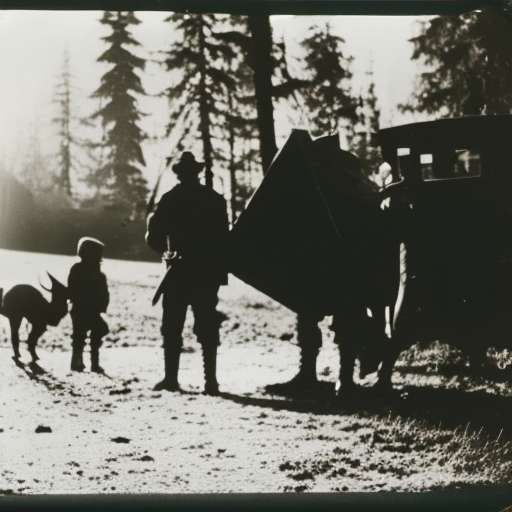Summary:
The occupation of Poland refers to the period during World War II when Poland was invaded and divided by Nazi Germany and the Soviet Union. The invasion began on September 1, 1939, when Germany attacked Poland from the west, and was followed by the Soviet invasion from the east on September 17, 1939. The occupation lasted until the end of the war in 1945 and resulted in the loss of millions of lives and the destruction of Polish infrastructure.
Invasion and Division:
The German invasion of Poland marked the beginning of World War II. The German forces, using their Blitzkrieg tactics, quickly overwhelmed the Polish defenses. The Polish army fought valiantly but was ultimately unable to withstand the German onslaught. As a result, Poland was divided into two parts: the General Government, which was directly administered by Germany, and the territories annexed by Germany, including the Free City of Danzig.
Soviet Invasion:
Less than three weeks after the German invasion, the Soviet Union launched its own invasion of Poland. This was part of the secret protocol of the Molotov-Ribbentrop Pact, a non-aggression treaty between Germany and the Soviet Union. The Soviet forces quickly occupied the eastern part of Poland, incorporating it into the Soviet Union. The Soviet occupation brought about mass arrests, deportations, and executions of Polish citizens, as well as the destruction of Polish cultural and religious institutions.
Resistance and Collaboration:
Despite the overwhelming odds, the Polish people did not passively accept the occupation. The Polish Underground State, led by the Home Army, organized acts of resistance against both the German and Soviet occupiers. They engaged in sabotage, intelligence gathering, and provided assistance to Jews and other persecuted groups. However, the resistance faced significant challenges due to the brutal repression by the occupiers.
The Holocaust and Polish Jews:
The occupation of Poland also witnessed the systematic genocide of Polish Jews. The Nazis established ghettos in major Polish cities, where Jews were forcibly relocated and subjected to extreme living conditions. The largest and most infamous of these ghettos was the Warsaw Ghetto. Eventually, the Nazis implemented the Final Solution, resulting in the mass extermination of millions of Jews in extermination camps such as Auschwitz-Birkenau.
Aftermath and Legacy:
The occupation of Poland came to an end with the defeat of Nazi Germany and the subsequent liberation by the Soviet Union. However, the legacy of the occupation was profound. Poland suffered immense human and material losses, with an estimated six million Polish citizens, including three million Polish Jews, perishing during the war. The occupation also had a lasting impact on Polish society, politics, and culture.
Conclusion:
The occupation of Poland during World War II was a devastating period in Polish history. The invasion and division of the country by Nazi Germany and the Soviet Union resulted in the loss of millions of lives and the destruction of Polish infrastructure. The Polish people resisted the occupation through acts of defiance, but faced brutal repression. The occupation also witnessed the systematic genocide of Polish Jews, leaving a lasting impact on Polish society. The end of the occupation marked the beginning of a long process of rebuilding and healing for Poland.












